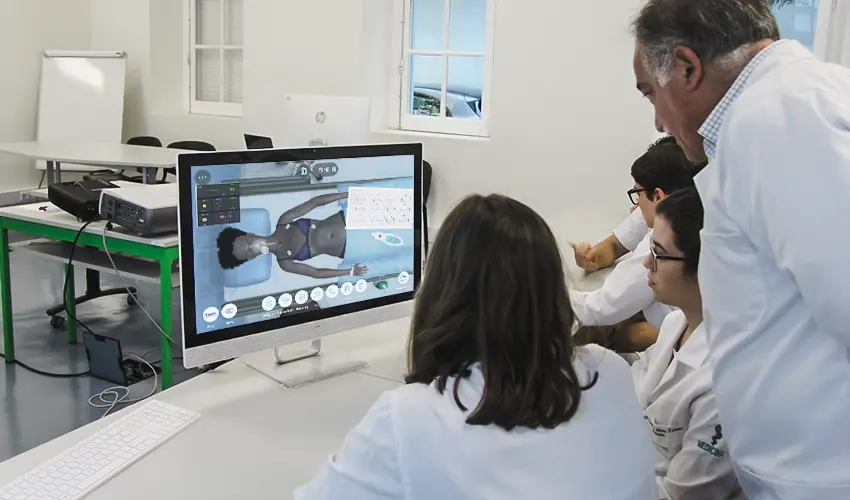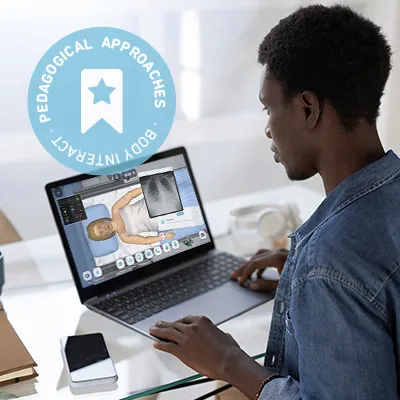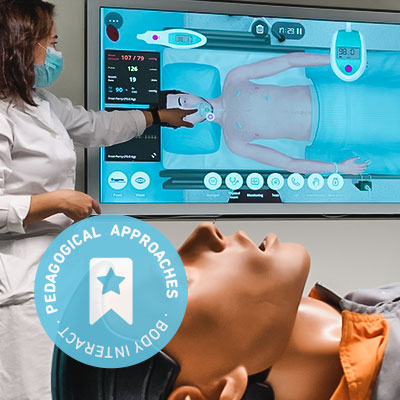
What is Clinical Error? And what is its impact?
Clinical error refers to mistakes made in the healthcare process that can result in harm to patients. These errors can occur at various stages of patient care, from diagnosis to treatment and follow-up. Clinical errors can be broadly categorized into:
- Diagnostic Errors: Mistakes in diagnosing a patient’s condition, which can include delayed, missed, or incorrect diagnosis. These errors can lead to inappropriate treatment or lack of necessary treatment.
- Treatment Errors: Errors occurring during the provision of treatment, including surgical errors, medication errors (such as incorrect dosage or administration route, or wrong medication), and procedural errors.
- Preventive Errors: Failures to provide preventive measures or actions that could prevent harm, such as not administering a vaccine or failing to provide appropriate screenings to detect potential health disorders or diseases.
- Communication Errors: Miscommunication between healthcare providers, or between providers and patients, which can result in misinformation or lack of information necessary for proper care.
- System Errors: Failures in the healthcare system that contribute to errors, such as inadequate staffing, poor workflow design, faulty equipment, or lack of proper protocols, procedures, or equipment.
Reducing clinical errors involves a combination of improving healthcare systems, adequate staff training, enhancing communication among healthcare teams, adopting best practices and protocols, and fostering a culture of safety and continuous improvement in healthcare settings.
Not only in patients the impact of clinical errors may be felt – from professional repercussions on healthcare providers to financial costs on healthcare institutions, a vast set of consequences may affect the healthcare system.
Why is it crucial to address clinical errors in the medical and nursing curricula?

As we have previously mentioned, clinical errors can have wide-ranging impacts, providing ample justification for including them in healthcare curricula:
- Improving patient safety
- Enhancing clinical competence
- Promoting a culture of transparency and openness
- Encouraging systematic thinking
- Legal and ethical responsibility
- Resilience and response to adversity
- Evidence-based practice
Including clinical errors in medical and nursing education thus ensures that future healthcare professionals are better prepared to deliver safe, effective, and high-quality care, which is ultimately beneficial for both patients and the healthcare system as a whole.
How can Body Interact Virtual Patients be useful in addressing clinical errors?
Different approaches can be placed in practice when it comes to using Body Interact virtual patients to help prevent, reduce, or even correct clinical errors:
Make errors visible – With Body Interact, you can replicate clinical errors—whether they are reasonable within the clinical scenario or inducing errors that wouldn’t be so common within the case but is something you as a Professor want to bring to the discussion). This approach makes errors visible, allowing learners to recognize and understand them better.
Learn how to act upon the error – Use Body Interact to demonstrate how errors should be managed. This hands-on approach teaches learners the appropriate steps to take when errors occur, enhancing their ability to respond effectively in real-life situations.
Make errors less frequent – Undoubtedly, Body Interact is a valuable tool for discussing the factors that can lead to clinical errors and visibly highlighting their consequences. By examining these aspects, learners can better understand how to prevent errors, ultimately reducing their frequency.
What are the benefits of addressing clinical errors through Body Interact Virtual Patients?

The following benefits could be highlighted:
- Risk-Free Environment for Practice: A virtual patient setting allows learners to make mistakes and learn from them in a controlled and safe manner, and practice clinical skills without the risk of harming real patients which is crucial for building competence and confidence.
- Simulation of Complex Scenarios: The exposure to a wide range of clinical conditions and complex scenarios in virtual patients helps students and professionals better prepare for unusual or complex cases and reduces the likelihood of errors when faced with such situations in real life.
- Repetition and Mastery: Learners can practice decision-making problem-solving, and prioritizing skills repeatedly until mastery is achieved, with virtual patients.
- Feedback, Reflection, and Assessment: Immediate feedback and detailed assessment given by Body Interact are crucial for identifying and understanding mistakes and learning how to correct them.
- Clinical Reasoning Development: The varying degrees of complexity and ambiguity of virtual patient scenarios help to develop critical thinking skills that are vital for recognizing and avoiding potential clinical errors.
- Standardization of Training: Standardization helps to identify common errors and areas where more training is needed.
- Immediate Practice of New Guidelines: When new clinical guidelines or protocols are introduced, virtual patients can be used to practice and internalize these changes, ensuring that healthcare providers are well-prepared to implement them correctly.
- Continuous Learning: This can be a way to help to keep knowledge and skills up-to-date, reducing the likelihood of errors.
- Cultural Competency and Bias Reduction: Virtual patients can be a great tool to reduce errors related to cultural misunderstandings or biased clinical decision-making.
Clinical Error through Virtual Patient Simulation – Best Practices Suggestions
- Define Clear Learning Goals: Clearly outline what clinical skills, knowledge, and attitudes the students are expected to gain and specify the types of clinical errors you aim to address.
- Create a plausible situation surrounding the clinical scenario: for example, create your own context and briefing to introduce the clinical error situation to your students, ensuring some authenticity and relevance.
- Promote a safe learning environment: Create an environment where students feel comfortable making mistakes and learning from them without fear of judgment.
- Emphasize and provide space for Reflective Practice: Conduct structured debriefing sessions post-simulation to discuss the key points to prevent similar errors in real practice. Encourage students to reflect on their decision-making processes and identify areas for improvement.
- Incorporate Interdisciplinary Training: If possible include team-based approaches to the clinical error situation to mimic real-world interdisciplinary teamwork.
- Prepare subsequent learning activities: Either use other Virtual Patient scenarios or tailor different learning resources to reinforce the defined learning goals.
Would you like to share your pedagogical approach with us?
References
Raghoebar-Krieger, H. M. J., Barnhoorn, P. C., & Verhoeven, A. A. H. (2023). Reflection on medical errors: A thematic analysis. Medical Teacher, 45(12), 1404–1410.
https://doi.org/10.1080/0142159X.2023.2221809
Makary MA, Daniel M. Medical error-the third leading cause of death in the US. BMJ. 2016 May 3;353:i2139. doi: 10.1136/bmj.i2139. PMID: 27143499.
Rodziewicz, T.L., Houseman, B., Hipskind, J.E., 2022. Medical error reduction and prevention. StatPearls
Grace A.L. Kennedy, Shiva Pedram, Sal Sanzone, Improving safety outcomes through medical error reduction via virtual reality-based clinical skills training, Safety Science, Volume 165, 2023, https://doi.org/10.1016/j.ssci.2023.106200.









